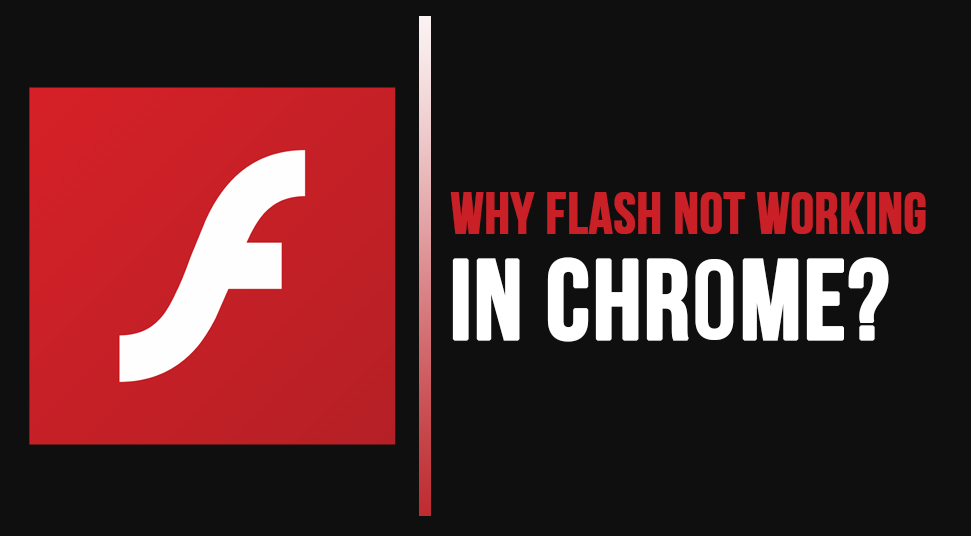
So creating your own controls ensures a consistent look for the controls across all browsers. However, that can be a good approach, because the default controls look different among various browsers. If you don't specify this attribute, no controls will appear - and you will instead have to create your own controls and program their functionality using the Media API (see below). The controls attribute on the element is specified when we require the browser to provide us with default playback controls.In this case, we've provided a simple paragraph including a link to download the audio directly. So the ideal place to create a fallback or inform of incompatibility is before the closing tag. However, any supported text or elements that you define within will be displayed or acted upon. If the element is not supported then and will be ignored.

If omitted, most browsers will attempt to guess this from the file extension. type is used to inform the browser of the file type.In Chrome, the video seems to load, and there. src contains the path to the audio file to be loaded (relative or absolute). A user on a forum discussion explained his situation where the video was not playing on his Chrome browser.We do this using the element, which takes the attributes src and type.The two formats that will give maximum coverage are mp3 and ogg vorbis.

To ensure reasonable coverage, we should specify at least two different formats.

Right-click then choose properties, and then define a meta-data called 'type/vtt'. Go to your subtitles file inside your directory on AWS.
#Chrome html5 player not working mp4
(Currently, browsers that support mp3 also support mp4 audio). MP4 files typically contain AAC encoded audio. Note: You can also use an MP4 file instead of MP3.


 0 kommentar(er)
0 kommentar(er)
